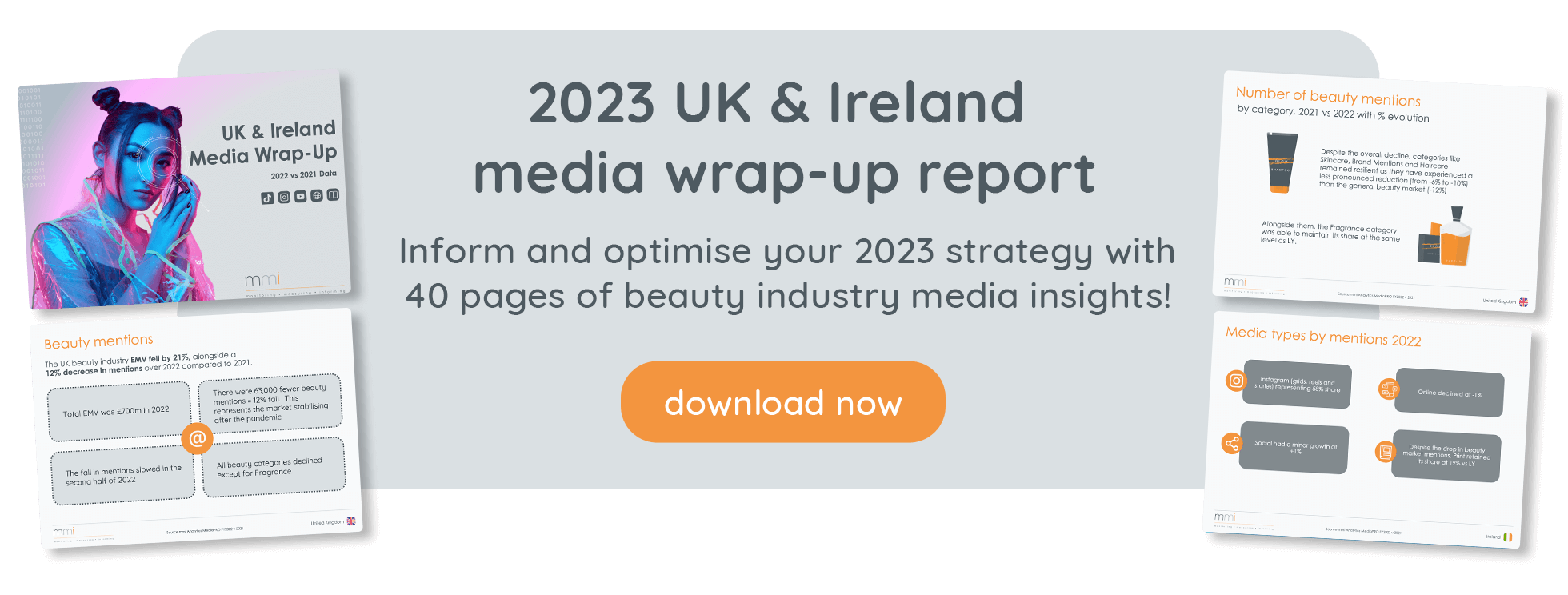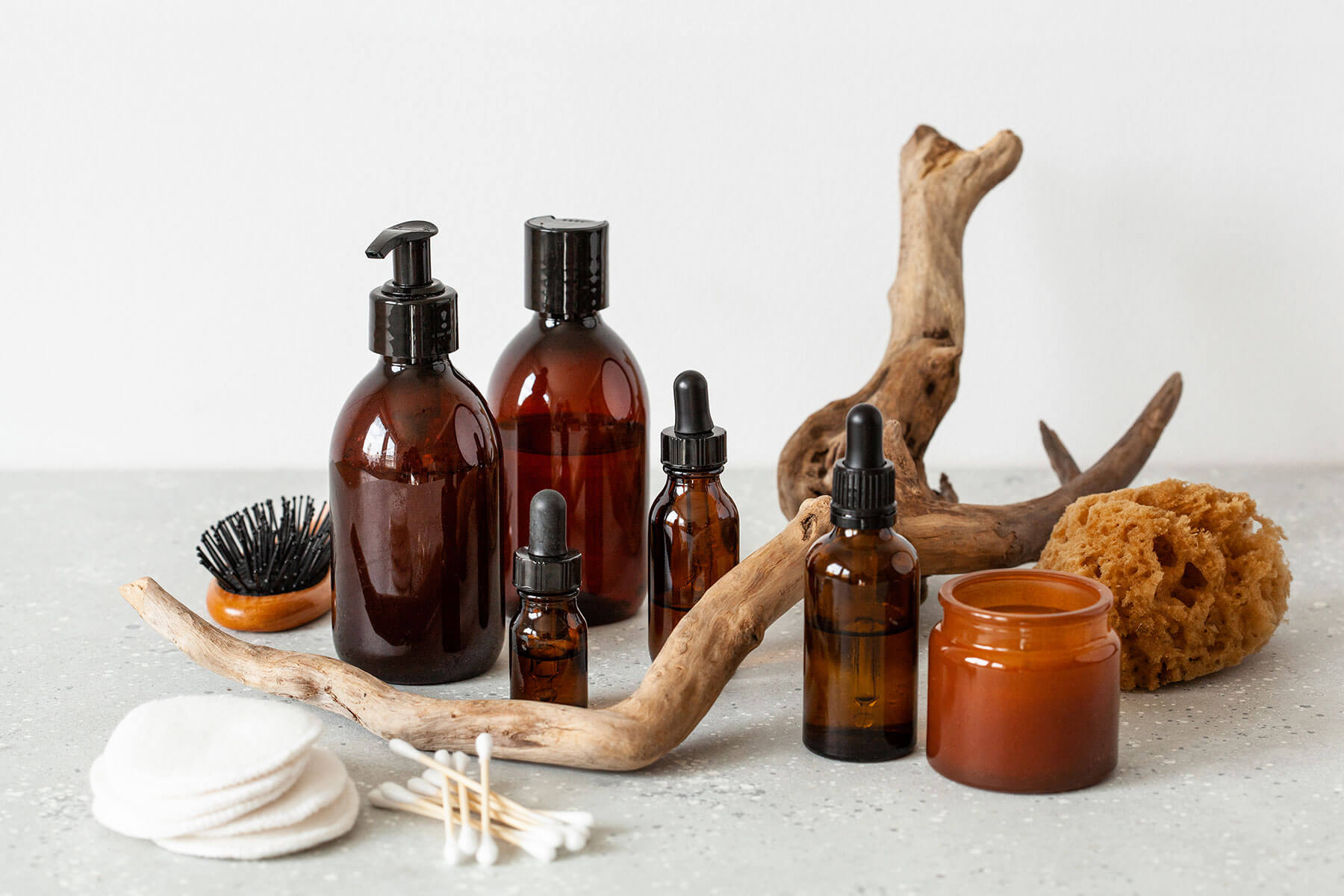The ability to monitor and analyse data has become increasingly accessible over recent years — and it’s more important than ever for businesses to properly utilise it. Data-driven organisations are 23 times more likely to acquire new customers, six times as likely to retain new customers — and 19 times as likely to be profitable compared to those businesses that do not rely on data-driven insights. For any beauty business, then, customer data is your most valuable asset.
Data comes in a range of shapes and sizes, but at its core is its innate ability to give you a virtual glimpse over the shoulders of your audience. Properly analysing it can result in valuable insights on customer preferences, which in turn can help you shape your product range. It can also help you forecast demand and help you tweak your marketing, advertising and business strategies, so that your budget is put to the best possible use.
Here, we’ll take a closer look at three ways of tracking consumer data, and see how they can be the perfect starting point for delivering a powerful set of insights for maximising business growth and staying ahead of the competition.

Google Analytics
What is it?
For most online beauty retailers, your website is the central hub for digital traffic. You might have other things going on (e.g. Instagram influencer campaigns and various online ads), but ultimately you want to drive customers to your site for them to click on that ‘buy’ button.
This is where Google Analytics comes in. This free tool from Google works by inserting several lines of tracking code into the code of your website. This code then tracks various key activities of your website visitors, along with their key attributes (e.g. location, age and devices used). All of this can help you better understand who your audience are and how they behave.
Areas to track
Traffic source
This information tells you how your visitors reached your site (e.g. by clicking on a particular ad or entering a particular search term). Go to Acquisition and then Overview on Google Analytics to see which broad categories of sources are getting you the most traffic. You can also use the tool’s segmentation features for a more detailed view of the precise sources of traffic.
This information gives you vital intelligence on what parts of your marketing strategies are working best. For instance, was there a particular Instagram story that generated a lot of traffic? It may be a sign to produce more of the same in the future!
Conversion rate
Essentially, the percentage of visitors to your site that do what you want them to do next. On a product page, this will usually mean clicking on the buy button to navigate through to checkout.
Average time on page
As a rule, the longer a visitor spends on your page, the better (it means they like what they see!).
Exit percentage
Exit% tells you how often visitors leave your website having just viewed a particular page or group of pages. If your product pages have a high exit percentage, you should look closely at these pages to work out why people are leaving. Is there something missing from the product description? Could the images be better? If other pages on the site have a lower Exit%, you might want to work out what elements they have that may be missing from your less successful pages.
Keyword research
What is it?
Google Analytics and similar tools give you very detailed information about what visitors do on your site. Alongside this, it’s useful to widen your research to find out what’s important to consumers in general (not just those who have interacted with your brand).
This is where keyword research comes in — i.e. tracking the terminology consumers are using to search for products like yours. In beauty and fashion, trends can shift quickly. By researching keywords regularly, you can take a step to keep in touch with these shifts. This can help you tweak your product descriptions and other content to ensure it’s as relevant as possible to potential customers’ needs.
What to track
Keywords and long-tail keywords
A keyword is a single word, or very short phrase, that sums up the content of a page or site. Long-tail keywords are keywords that contain three or more words, and that hone in on very specific areas. They give insight on what’s especially important to particular groups of consumers. For instance, if you notice a high search volume for the long-tail phrase, “eyeliner brush cat eye”, it potentially tells you more about consumer behaviour and trends than the basic keyword, “eyeliner brush”.
Search volume
This is measured in average monthly searches. Make sure you check volume regularly to keep track of what’s important to your potential customers.

Social Intelligence
Social media can provide you with plenty of useful information about what your customers really think about you vis-à-vis your competitors. The right data can also help you discover whether your investment in social media as a means of driving sales is paying off.
Matters to track include the following:
- Brand awareness: i.e. the attention your brand is getting. Check this by measuring the volume of mentions, shares or links you receive in a given period.
- Social sentiment: analysis here involves breaking down social mentions on a negative to positive scale. It checks to make sure that people are talking about you — for all the right reasons.
- Return visitors: from a buyer behaviour point of view, it’s a positive sign if visitors are visiting your website following a social referral, leaving the site and then coming back again. It’s likely to mean that visitors are ‘checking you out’ in that interim period — and they like what others are saying about you.
Essential tools
Keeping up with consumer behaviour, in addition to the latest beauty industry trends, can be a difficult task — and the methods above are only a few ways in which you can make the most of the data.
To make the most out of your business opportunities, our dedicated media and etail platforms, offer a more streamlined way of collecting, measuring and analysing data. Whether you’re looking to calculate your earned media value, establish consumer product engagement or benchmark against competitor performance, we can help you take your data tracking that bit further.
If you’re interested in finding out more about our platforms, request a demo today.





